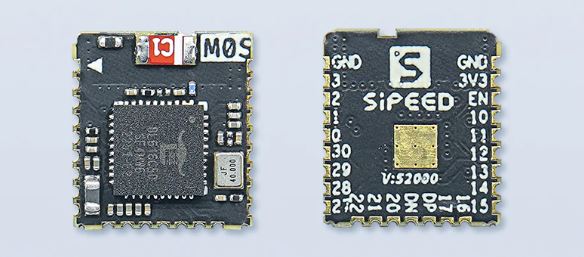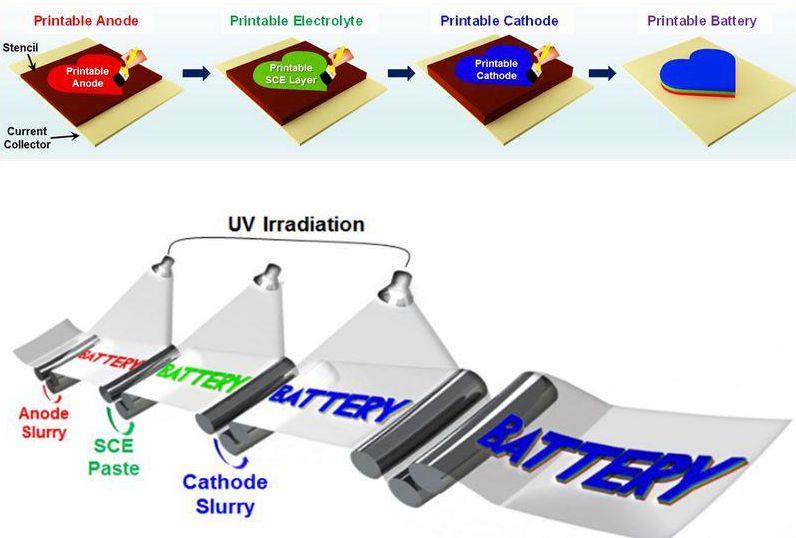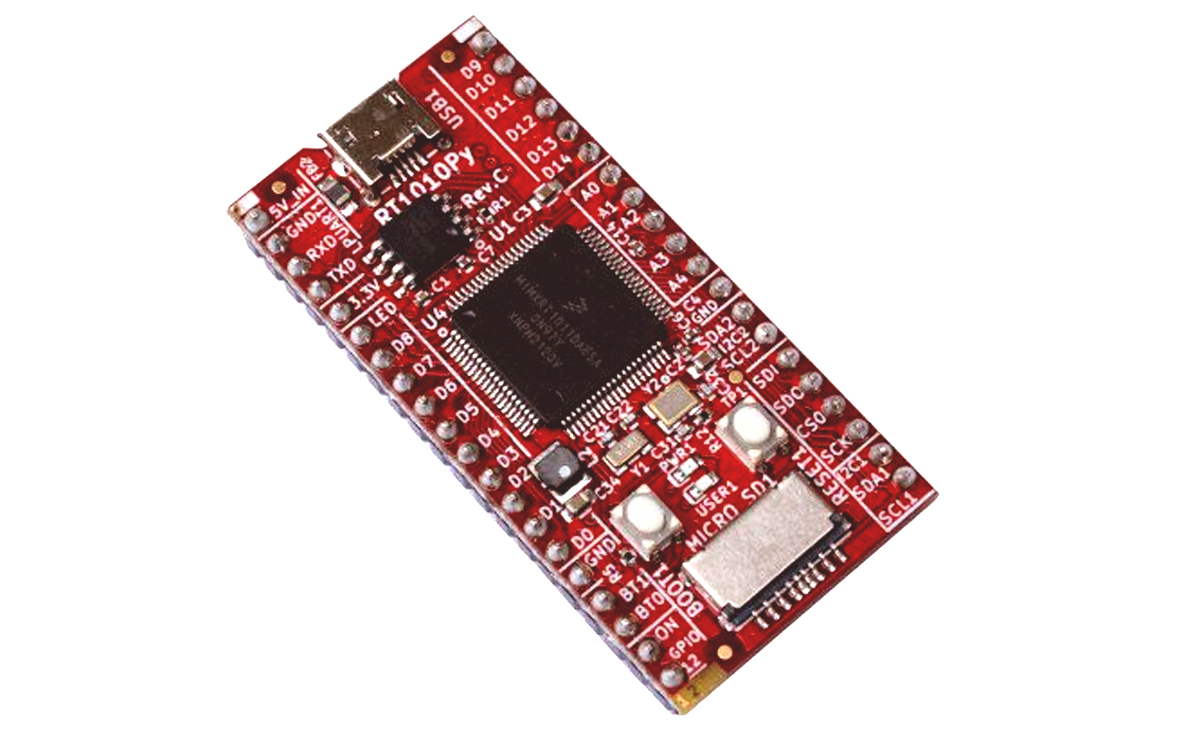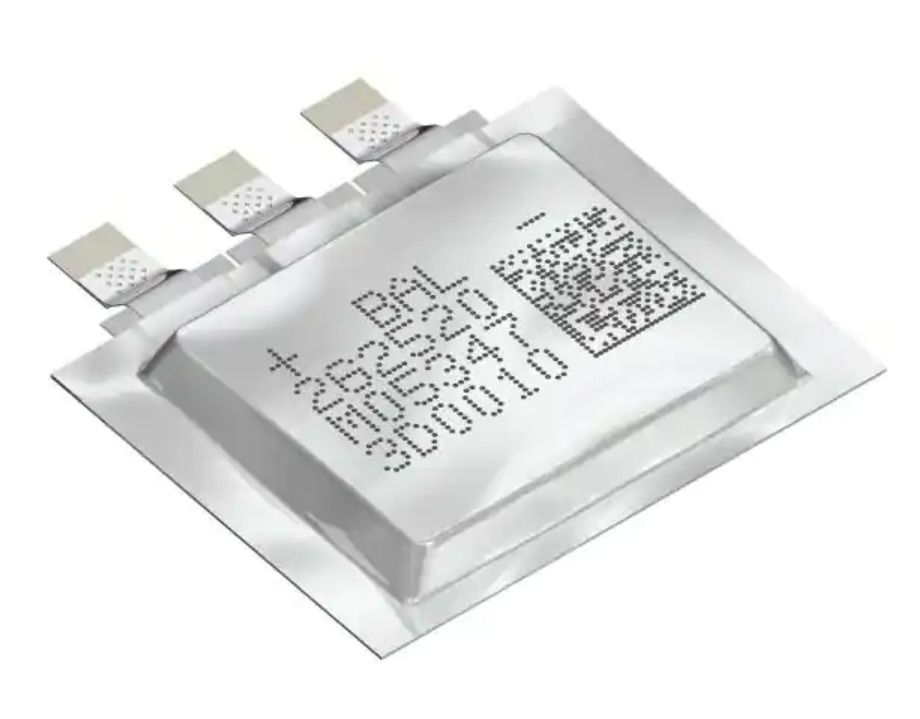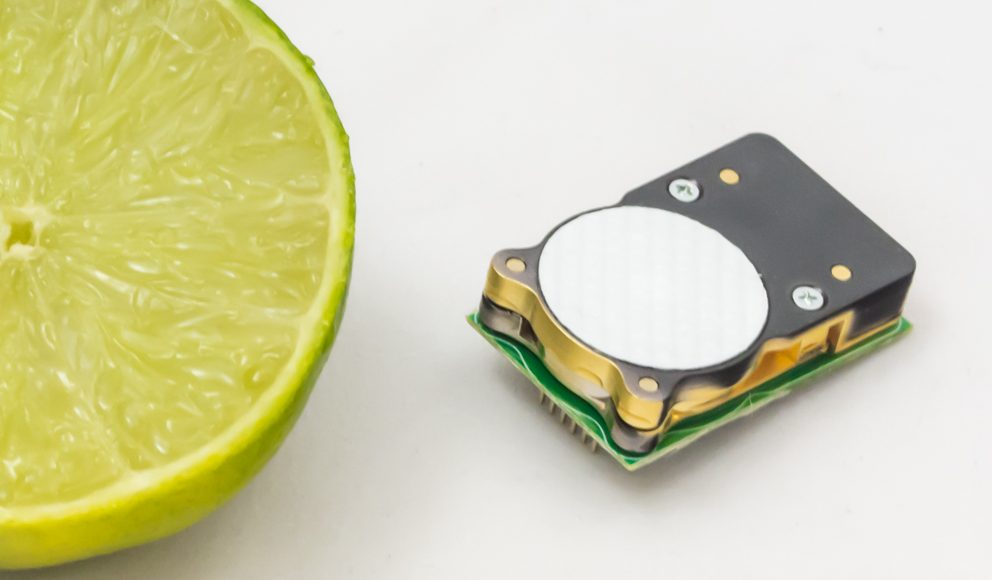
The Internet of Things (IoT) is creating many new exciting application opportunities to create smart environments where sensors monitor for changes so that the appropriate actions can be taken. The fastest growing examples of this are HVAC (Heating Ventilation and Air Conditioning), IAQ (Indoor Air Quality), smart homes and smart offices where a network of sensors monitors temperature and carbon dioxide (CO2) levels to ensure the optimal conditionals are maintained with the minimum of energy expenditure. A challenge for such systems in that the CO2 sensors need mains power to operate incurring costs for cabling and, in the case of installing in existing buildings, redecoration.
Gas Sensing Solutions (GSS) has solved this problem with its low power, LED-based sensor technology. The sensor’s power requirements are so low that wireless monitors can be built that measure CO2 levels as well as temperature and humidity with a battery life of over ten years. Being wireless means that they can be placed wherever they are required with no need for cabling or disruption and simply relocated as building usages changes
To make the design of these monitors even easier, GSS has added an I2C interface to its very low power CO2 sensor, the CozIR®-LP. Having the widely used I2C interface now makes the integration of the sensor into a design very easy. The CozIR®-LP is the lowest power CO2 sensor available requiring only 3mW that is up to 50 times lower than typical NDIR CO2 sensors. The GSS patented LED technology also means that the solid state sensor is very robust. This keeps maintenance costs to a minimum as the expected lifetime is greater than 15 years making them the perfect choice for fit and forget applications that measure low (ambient) levels of CO2 from 0-1%.
Calum MacGregor, CEO at GSS, explains:
Although HVAC and IAQ are major application areas, the lightweight, miniature size of the CozIR-LP also opens up other new possibilities for CO2 monitoring such as portable and wearable devices. The power requirements are so low that energy harvesting designs, such as solar, are now easily achievable. Here again, the new feature of an I2C interface will simplify the design process of integrating the sensor with other sensors and devices all on the I2C bus.
GSS will be launching the new I2C-enabled CozIR®-LP on booth C5366 at the AHR Expo in Atlanta, GA, USA on the 14-16 of January 2019. https://ahrexpo.com/
GSS technology
Most CO2 sensors work by measuring how much light is absorbed by CO2 molecules in the 4.2 to 4.4 microns range as it passes through the sample gas, which is called Non-Dispersive Infra Red (NDIR) absorption. The amount of absorption indicates how much CO2 is present. GSS developed proprietary LEDs that are specifically tuned to emit at these wavelengths. The LEDs use very little power and turn on almost instantly, enabling sensor readings to be made in a few seconds. As a result, GSS has pioneered the development of CO2 sensors that can be powered by batteries for long periods of up to ten years. Competitor sensors use IR sources that require significantly more power per measurement and also take much longer to reach a stable condition for a measurement, resulting in the need for mains power.
more information: www.gassensing.co.uk





